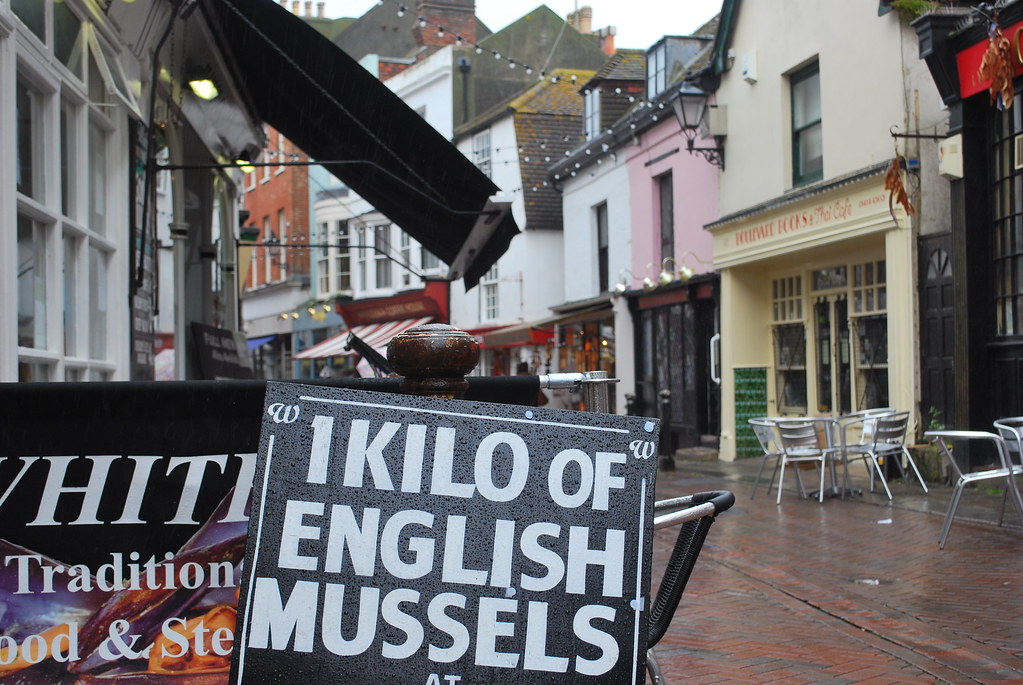
Hastings & St Leonards, East Sussex
Category: The Great Town Award 2014
Date of Visit: 2013
Learning Moments
Hastings and St Leonards has a proactive culture that has been adopted by officers and members of the council, which also trickles down to community members and local businesses. This is fostering a can-do attitude amongst the whole town, contributing to a strong sense of community.
Hastings and St Leonards has identified well-located key development projects and carrying them through in a relatively short time during an unpromising economic climate.
The town fosters an environment that encourages and facilitates a community of activists, independent enterprises and ‘doers’. This has contributed to Hastings and St Leonards being known as Festival Town, hosting a wide range of festivals and events throughout the year.
Hastings and St Leonards has a strong ability to strike up partnerships at the local, sub regional and international level in order to advance regeneration.
Micro initiatives, such as ‘Grotbusters’ are setting examples in streets, by coordinating the sensitive improvement of buildings in poor condition. Hastings and St Leonards is working hard to improve the social and environmental sustainability of the town and support initiatives that work to this aim.
Assessment Summary
The twin towns have an intricate, diverse and layered character, resulting in an authentic sense of distinctiveness. Hastings is a name with high recognition, nationally and to some extent internationally; an advantage to this resort on the south coast of England, striving to attract investment, political attention and visitors. Hastings and St Leonards have positive and varied character, a proactive and collaborative council with a lively mix of trusts and charities contributing to the town’s regeneration. The relative isolation appears to have created a strong identity, robustness and independence, both economically and socially.
The borough council area encompassing Hastings and St Leonards is compact and tightly drawn round the urban area of the twin towns. This has the advantage of focusing all policy and decisionmaking within a relatively small area. It also means that it is essential to liaise and collaborate with the adjacent authorities (all of whom are of a different political hue) including Rother, with whom it shares a number of services. This is also true of the County Council, and Sea Change Sussex, a company set up to promote regeneration.
The ‘Town Team’ approach is being adopted in St Leonards to address the many issues associated with the very high proportion of homes in multiple ownership and the private rented sector. There appears to be a healthy relationship between the many charitable trusts with their various regeneration projects centred on key buildings, (including the derelict Pier, performance venue of St Mary in the Castle and the former Observer printing works) and the local authority who is keen to facilitate these improvements.
The local authority is notably proactive in encouraging inward investment. The highly accessible Hastings campus of the University of Brighton, located adjacent to the station is attracting large numbers of students learning in different modes. The laudable decisions regarding the location of recent educational and commercial developments within the town centre contribute significantly to the social and environmental sustainability of the town, in terms of access by foot and public transport and the reuse of brownfield sites. In particular, the ‘Grotbusters’ initiative and efforts to encourage ‘living over the shop’ are both intended to raise the environmental quality of the more down at heel streets of the town.
Hastings and St Leonards is addressing more than its fair share of social issues arising from deprivation in some areas, low income levels, unemployment and a sizeable influx of people with significant problems being housed in the town. Nevertheless, with sensitive management and policing the town appears to be generally safe and attractive. Indeed, many people in the creative sector have been attracted to settle here and positively enjoy its quirky and slightly ‘edgy’ character. The public realm experience for pedestrians is generally generous, if somewhat dated, and its improvement and expansion could be prioritised. Alexandra Park is particularly welcoming and well managed (it has a Green Flag Award) and consequently is enticing for the local community.
The cultural offer of Hastings and St Leonards is seen by all as a key element of the regeneration of the town. The privately funded Jerwood Gallery is a recent asset to the town, attracting visitors from far and wide. Its outreach to the local community perhaps might be developed further. There is a positive strategy in Hastings of supporting events and festivals throughout the year to ‘stretch’ the attraction to visitors.
The four railway stations serving the town contribute to sustainable connectivity. The new Hastings town centre station has been planned as a transport interchange with bus stands immediately outside the entrance. The extensive town centre area is very walkable, due to its compact nature, its flat terrain or gentle slopes and to its fine grained network of streets. Conversely, the housing areas on the periphery are in the more steeply sloping areas. Bus services are adequate, but there are moves to improve them. Hastings and St Leonards escaped the worst excesses of disruptive large scale road ‘improvements’; consequently local connectivity is generally good. The construction of the link road on the north west of the Borough may help to relieve the notoriously congested coastal road to neighbouring Bexhill, although its effects on the town remains to be seen.
We would encourage the council to continue its positive process of collaboration by working with bodies such as the Hastings Urban Design Group in developing the urban design based policy and guidance in the emerging seafront strategy and the further development of town-wide ‘character area’ based design policy.
[mappress mapid=”15″]